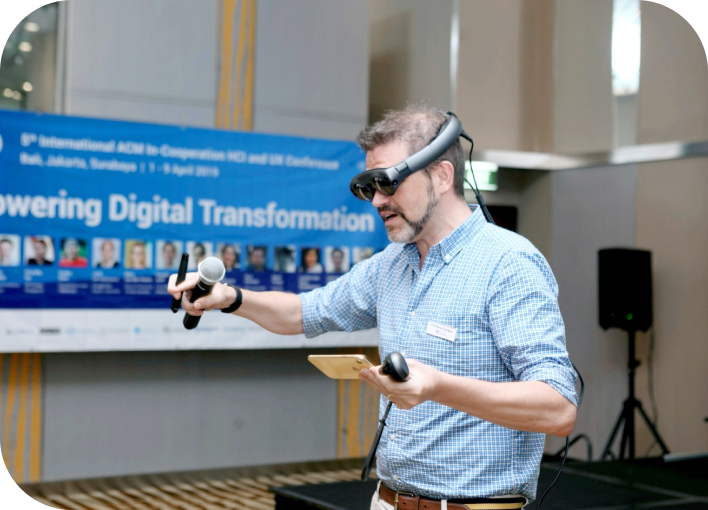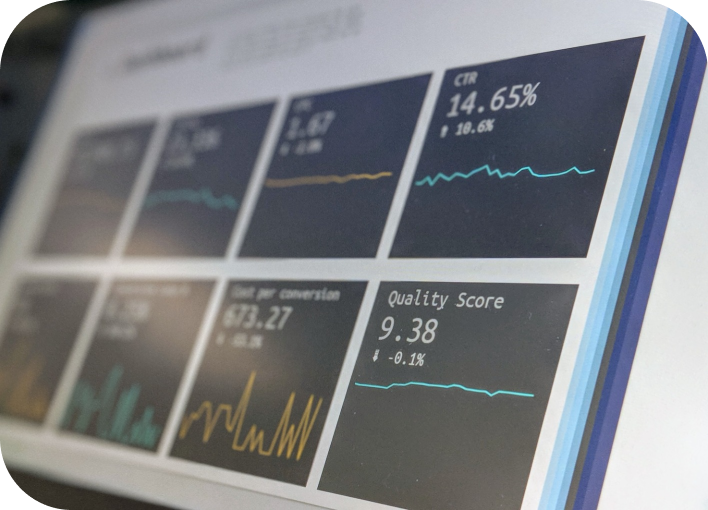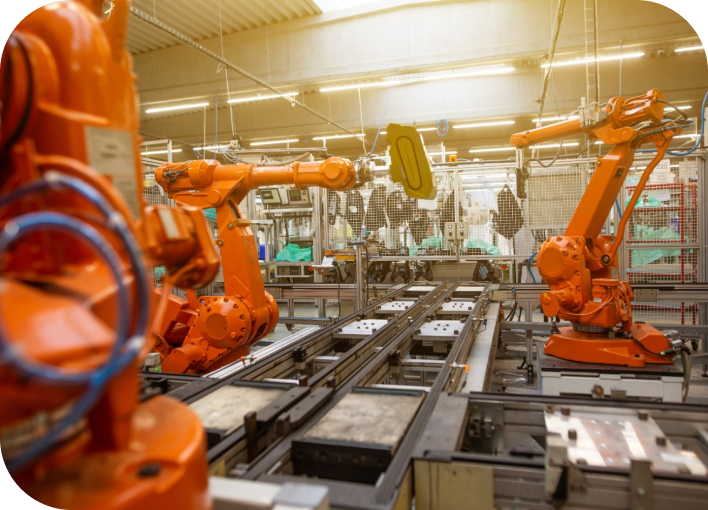We give your company a digital boost
compacer is your robust partner for digital data integration and effective process automation. Together, we bring your data where you need it.
These companies already trust in compacer
compacer edbic
edbic (business integration cluster) is our specially developed platform for your data and process integration tasks. The software enables the automated receiving, processing, and transmission of data of all kinds, seamlessly connects various interfaces, and facilitates communication between partners, suppliers, and distributors within the value chain.
compacer edpem
edpem (process event monitoring) is our live monitoring programme that provides our customers with a digital end-to-end overview of all cross-enterprise processes on an application-specific basis. edpem is the perfect complement to edbic and makes real-time monitoring of crucial processes and predictive maintenance a walk in the park.

compacer archive
What our customers say about working with compacer.
“Since we started using compacer, it has been much easier for us to integrate new machines into production. Once they are integrated into our machine landscape, they have the potential to communicate with all other systems.”
“By integrating compacer's IIoT solution, we have not only added further value to our systems; we have also laid the foundation for new digital business models. This step represents an important milestone towards predictive maintenance.”
“Wilhelm Wülfing has been wholeheartedly supported in international EDI exchange with an all-round service and fair prices since 2003. Onboarding is a great solution for customer and supplier connections.”
“Getting the correct information to the right recipient is crucial. As such, we achieve a time saving of 70 percent in the administration of all EDI processes through monitoring.”
We are certified
compacer has all the important international certification standards in the field of data management and data integration.
- Digital transformation
- Data strategy and management
- Digital retrofit
- Process automation





Give your company a digital boost!
My name is Miguel Johnson, Head of Business Development & Strategic Sales at compacer. Get in touch with us now and find out how compacer can help you take your business to the next level.


